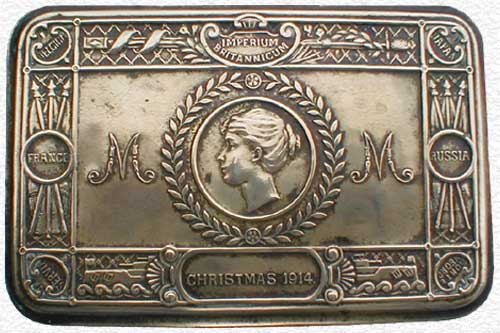As I was walking home from campus the other day, I noticed a woman wearing flip-flops. Despite the late November date and our location in New England, it was technically warm enough for such a choice. As a matter of fact, she was not the only person with such footwear that day. I myself was wearing tall brown boots, but it amused me to think that the rather unseasonably temperate weather we've been having this autumn permitted both options--the summery sandal and the sturdy boot--to be appropriate. One perhaps best reflected the weather and the other the season.
As often happens as I make my way on foot from here to there and notice such things, I began to wonder what this particular aspect of life was like for our Great War counterparts. What sort of footwear did the average soldier and officer wear on the front?
I have discovered that the average soldier in the British Army would have worn "ammunition boots," so called because of their procurement via the Royal Artillery headquarters rather than that of the British Army. They looked like this pair, in the IWM collection:
A contemporary version of the boots, sold at "
Beckett's Adventure," a European Army/Navy surplus store, is fairly faithful to the original.
 |
| Modern "Ammo Boots." |
As you can see from the above photo, the soles of Ammunition Boots had metal studs or spikes to help them grip. One can imagine the peculiar crunching sound that they would have made as soldiers marched along. While soldier's boots were issued by the British Army, officers would have purchased their own uniforms and boots. They had more leeway with color and style. A typical officer's boot is represented by this pair, also at the IWM:
 |
| British Army Officer's Field Boots, WWI. © IWM, Item 12635. |
Boot-making employed many women during the war (and, no doubt, in peacetime as well). The need was enormous and, in many industries, women staffed factory positions that enlisted men had left vacant. A young lady, who may or may not be a war worker, assembles a pair in the below photograph:
 |
| G.P. Lewis photo of a woman in a boot factory. Imperial War Museum. © IWM (Q 28105) |
If boot-making was not her occupation before or after the war, is it too fanciful to imagine that, amongst the heaps of boots that passed through her hands, this woman might have helped make a pair for the soldier who had stood working, in peacetime, at this very machine? Or, did her thoughts turn to loved ones on the front as she stitched, wondering if the boots she made that day would help someone she knew?
Trench boots were devised to help protect soldiers from the painful and dangerous "Trench Foot." The cold and wet of the trenches, combined with a soldier's usual inability to remove his boots and change to dry ones, or even to dry socks, put many men at risk. These tall rubber waders were the sort of footwear issued to try and prevent some of the ills associated with such rough conditions:
 |
| British Army issued Trench Waders, Imperial War Museum. ©IWM, Item EQU 3888. |
|
There you have an initial glimpse at what you might have seen on the feet of fellow soldiers or officers in the British Army, had you been on the front. Stay tuned for more on Great War apparel, uniforms, and equipment next time we consider "What to Wear to War" at "Ghosts of 1914."
© Fiona Robinson










